One vineyard. One wine. Like no other. Les Jalouses
The place:
We have said this. Saint-Chinian need not be modest. This region of 20 villages in Languedoc is a hidden jewel of a wine country! We have long recognized the intensity of schist driven wines. Read our post on Saint-Chinian here. Les Jalouses is an iconic wine from this region.
The story:
The Les Jalouses has belonged to Vivien Roussignol’s family for several generations. Growing up, he was impressed upon by his grandfather that this was a special vineyard like no other. When the land was transferred to his mom, almost all the grapes were sold to the local cooperative. Although this made financial sense then, Vivien believed that the grapes from this vineyard represented the patrimony of the region and deserved to be shown differently.
Years later, he attended the internationally acclaimed program in Viticulture & Enology program at the University of Montpellier. Here he met Marie Toussaint, a Parisienne who was attending school as well. Southern Montpellier was miles away from Paris where she grew up. However, she fell in love with the region and the wines. Meeting Vivien was serendipity and together they travelled enhancing their knowledge of wines and winemaking. Their travels took them to Champagne, Alsace and Corsica in France and also abroad, to far flung places in New Zealand and Australia. They also did a stint in the United States, specifically in the wine region of Paso Robles.
When Vivien and Marie got married, his parents gifted them the vineyard of Les Jalouses. Not completely certain of what they had acquired, they did an inventory of the vines and sent cuttings of some of the wines to their alma mater, the University of Montpellier. The results of the DNA studies of the vines was astounding. Read below.
The vineyard:
This vineyard existed in Vivien’s family for several generations. The predominant grape of Saint-Chinian being Carignan, most of the vines were of the variety. However, when a vine needed to be replaced, Vivien’s grandfather would obtain a cutting from a fellow grower and plant it in the space available. In many instances, the varieties of the grapes that he obtained were not known. The vines were planted simply where space was available and were neither trellised nor watered.
The back label tells the spirit of the vineyard and the origin of the name:
“Perched on its schist hillside for more than 100 years, this parcel of Carignan has survived the men who planted it and still old on the vineyard of today.
Here and there, some strains of Grenache, Mourvedre and Cinsault have come to replace old Carignan vines.
Called Les Jalouses (The Jealous Ones) by the elders, they give the best of themselves to equal their elders. This parcel of Carignan has survived the men who planted it and continues to age in the vineyard of today.”
By the time Vivien and Marie acquired this property, the oldest vine was approximately 108+ years old and the average age of the vines was 103 years. They decided to investigate the origins of many of the vines on the property and sent cuttings to the University of Montpellier. When the results of the studies on the vines came back, they realized that the vineyard was home to varieties that were considered extinct or were the predecessors of the modern Vitis vinifera.
This vineyard with it’s location, provenance, age and grape varieties cannot be recreated anywhere!
Grape varieties of Les Jalouses:
Carignan
When asked about Carignan, Vivien Roussignol stated
“We don’t plant Carignan for ourselves. We plant them for our children and our grandchildren”.
What he meant was that Carignan shows its true potential when it comes from old vines.
In the case of Les Jalouses, old vines refer to 100+ years old! The ones from Les Païssels were planted by his grandfather!
Carignan arrived in Southern France from Spain by way of Algeria. This grape thrived in the warm climate of Languedoc and Rousillion. With its fruit forward red fruits, cinnamon, nutmeg, star anise and notes of smoke, this is an exceptional wine for food pairing and old vine Carignan is considered its best expression.
Grenache
One of the most planted grapevines in Southern France, Grenache adds notes of candied fruit, spice and cigars to its blend. In Saint-Chinian, it adds a component of Garrigue and lavender and provides complexity to the blend.
Cinsault
Another star in red blends, Cinsault brings a savory character to wine with a peppery bite and cherry tones.
Mourvedre
Muscular, rustic and full bodied, this red grape brings black fruit noes along with floral (roses and violets) and savory (smoke, stone and meat) components to the wine.
Other rare grape varieties of Les Jalouses:
Gibi Blanc
This is another grape that came from North Africa. In Spain, it is referred to as Hebén. This is an ancient variety from which almost 60 modern varieties of grapes have come from including many from the Iberian peninsula. Some of them include the rare Portuguese varieties Trincadeira das pratas, Tinta grossa, Castelão branco, Moscatel nunes/and Malvasia Fina. The Spanish grapes Allarén, Airén, Cayetana, Viura, Xarel·lo, and Moscatel de Angüés are also offsprings of Gibi Blanc.
Notably this is the parent grape of Pedro Ximénez which is used to make sherry in the region of Jerez in Spain. Gibi Blanc vines unlike modern Vitis vinifera are not hermaphrodites and produce male and female flowers.
They require bees for pollination.
Olivette Blanche
This white grape resembles an olive. Hence the name Olivette. Very little is known about this grape’s origin. Considered among rare grape varities, only few acres of this grape remain in France. These also are not hermaphoridites and produce male and female flowers requiring bees for pollination.
Petit Bouschet
Petit Bouschet is a red grape variety that was created in 1824 by French grape breeder Louis Bouschet at his vineyard in Mauguio in the Hérault department, not far from Saint-Chinian. This grape is a cross of Aramon noir and Teinturier du Cher. Louis’ son Henri Bouschet used this grape to produce other grapes such as Grand Noir de la Calmette, Morrastel Bouschet and the most well known Alicante Bouschet.
Petit Bouschet is now considered near extinct and the vineyards of Les Païssels are the some of the few ones with this grape.
Carignan Blanc
A white grape, presumably a mutation of the noir variety. Like the black variety, this too made its way to Southern France from Spain. Few acres of this variety exists in France. While it lends itself to blending well, single variety bottling have a Chardonnay like quality.
Danugue
Danugue aka Gros Guillaume, Black Barbarossa, or Barbarossa. It was widely grown in the 19th Century as a table grape, and was a favorite in British greenhouses. Largely considered as a grape that gives color.
The Winemakers:
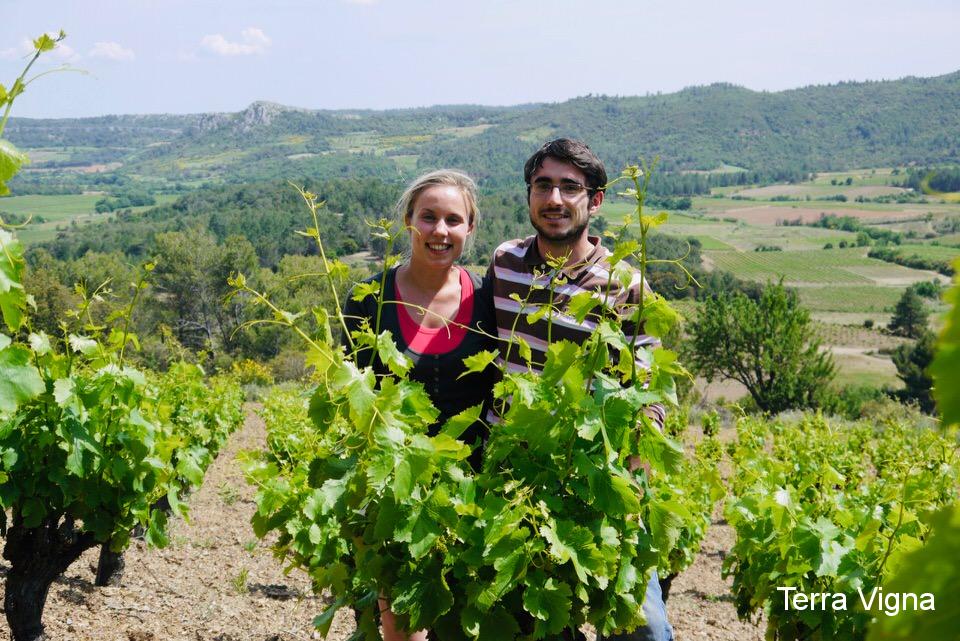
Vivien Roussignol
Vivien Roussignol is definitely the man in the vineyard. It is said that wines are made in the vineyards. Vivien with his knowledge of viticulture and a deep awareness that he is the custodian of a precious vineyard, is the perfect man in the field. He supervises the grapes and tends them until they arrive in the cellar.
Marie Toussaint
While Vivien may be person in charge of getting the grapes home, Marie Toussaint tends to its chemistry. With experience gained from 3 continents, Marie’s ability to allow the grapes express themselves with minimal intervention is a large part a contribution to the allure of Les Païssels and in the bottling of Les Jalouses.
Despite the ancient land it tends, Les Païssels is a young winery and 2011 was the first vintage. Many accolades have come their way and with the Les Jalouses, this winery is poised to climb greater heights.
The Wine:
The goal here was to highlight the power and elegance of old vine Carignan in a field blend with wines that ranged from the fruitiness of Grenache to the softness of Œillade Noire. Élevage was in vat to preserve the structure and freshness on the palate.
Les Païssels is a small production winery with the production facility occupying the space of a small garage. In fact, it is a small garage!
To maximize the space, the garage is divided with planks precariously balanced to allow access to the top of the tanks.
2017 is only the second vintage of this exceptional wine. In a barrel tasting of the 2016 vintage (En Cours at the time) Jeb Dunnuck said:
“Coming from a single parcel of very old-vine Carignan, the 2016 Saint Chinian En Cours is a big, rich, full-bodied beauty that offers textbook blueberry, peppery and violet aromas and flavors. Coming all from schist soils and aged in stainless steel, it has shocking purity of fruit and sweet tannin, which is saying something for Carignan!”
We have been truly fortunate to see this land and experience its wine. As Vivien said, Les Jalouses represents the patrimony of a land. He considers himself merely as the custodian of this property which is an inheritance for future generations.
Only 300 bottles of this wine were imported.


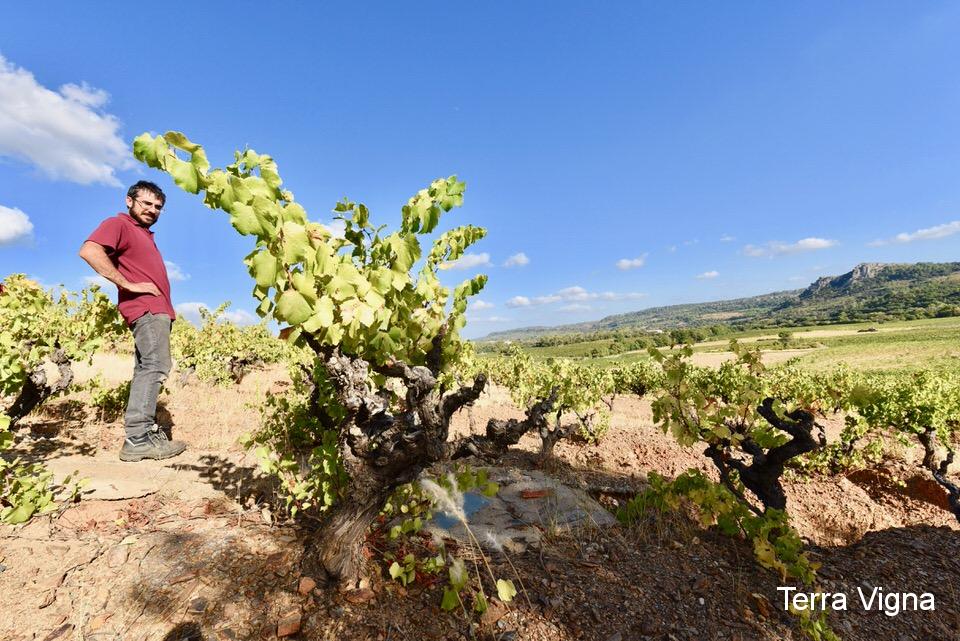
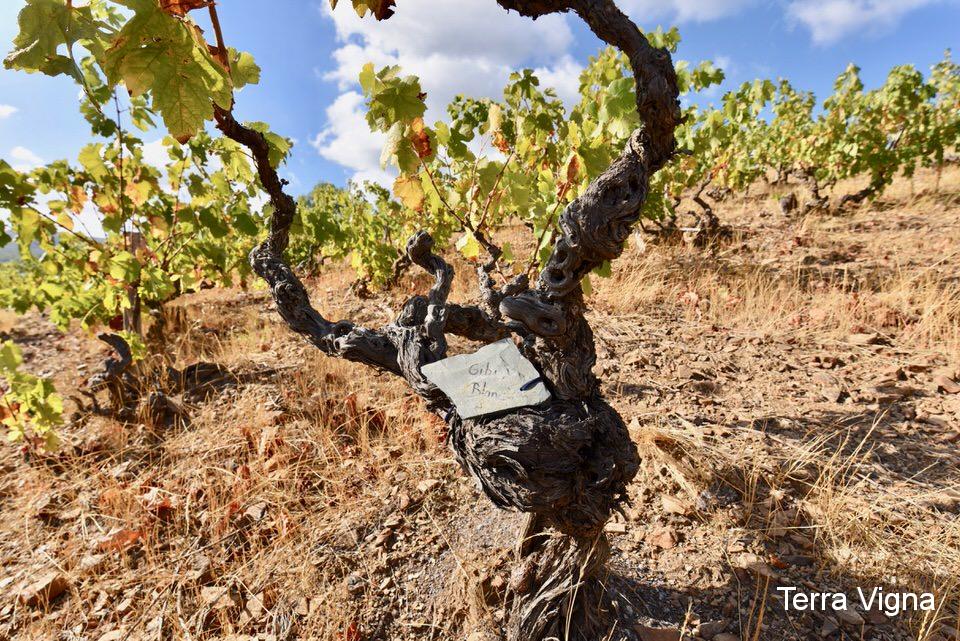
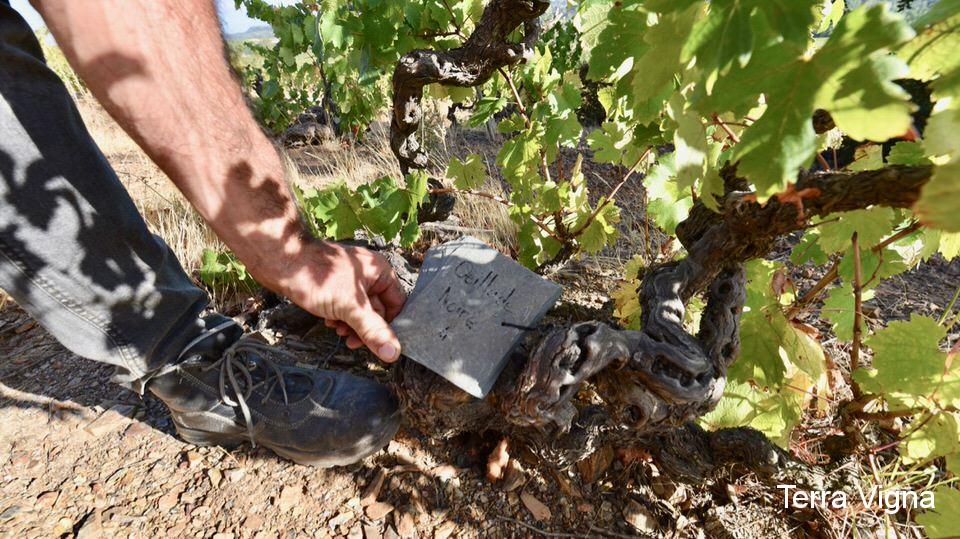
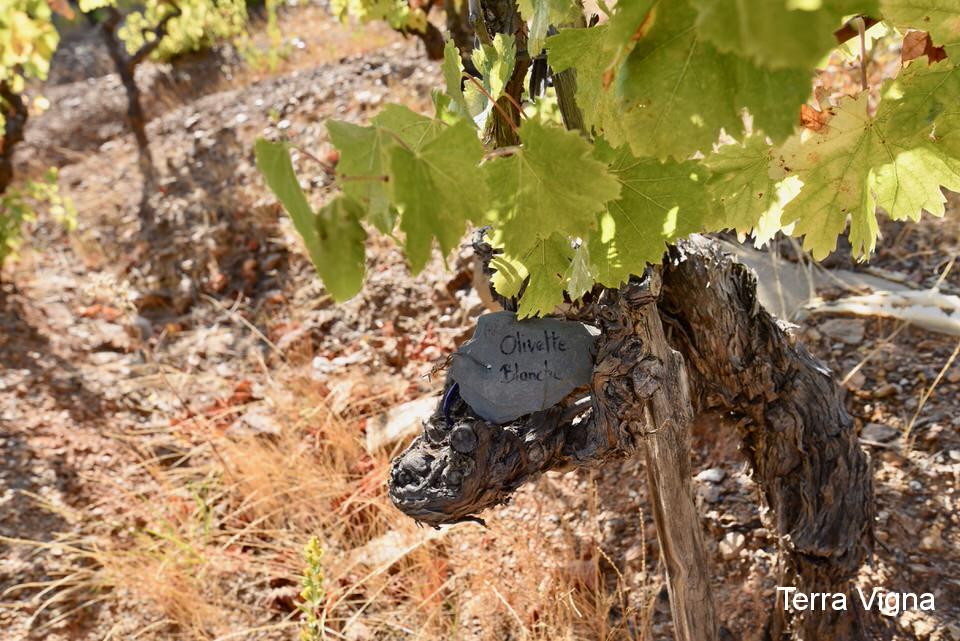
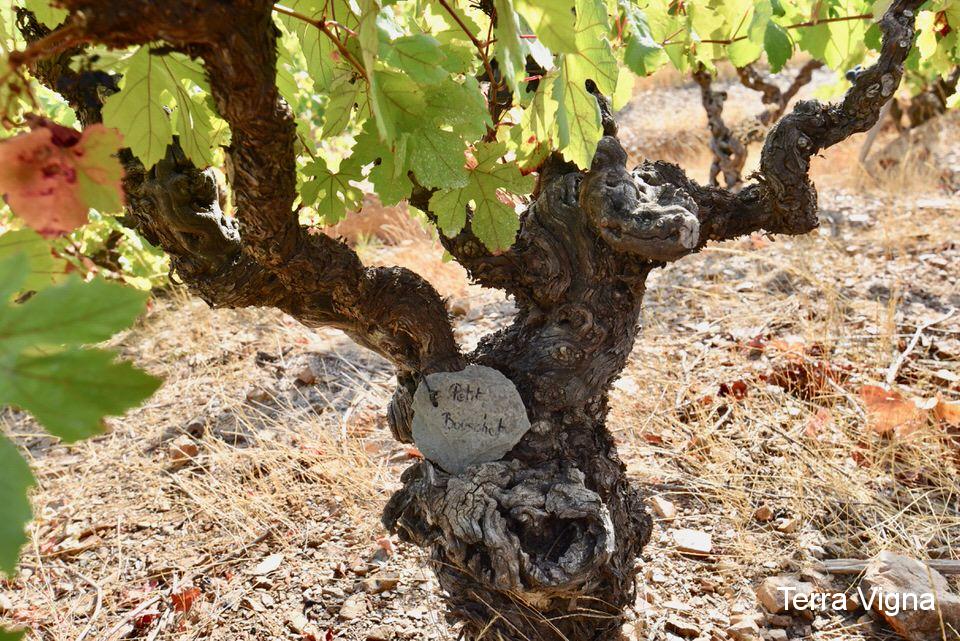
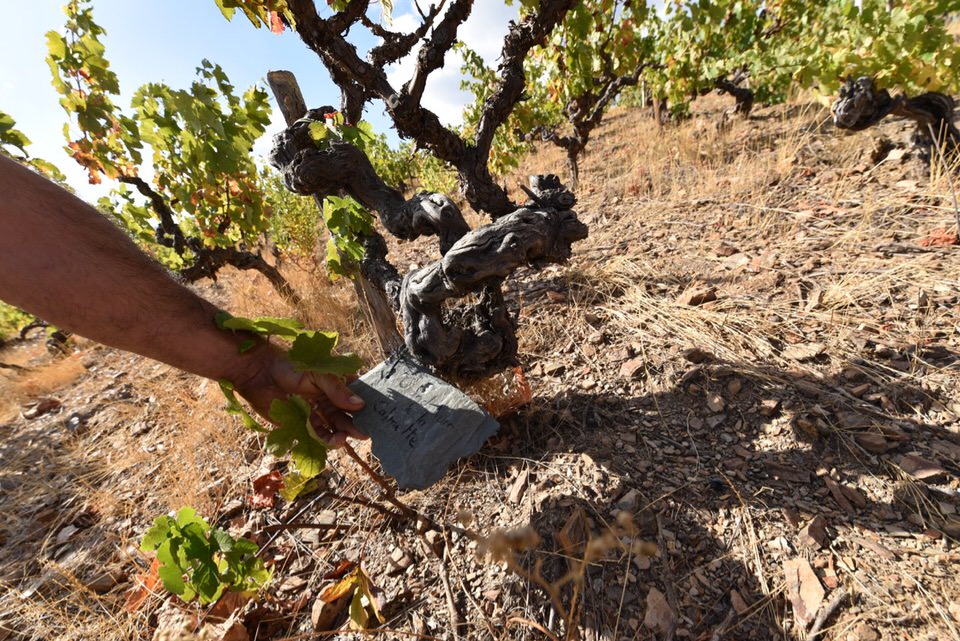
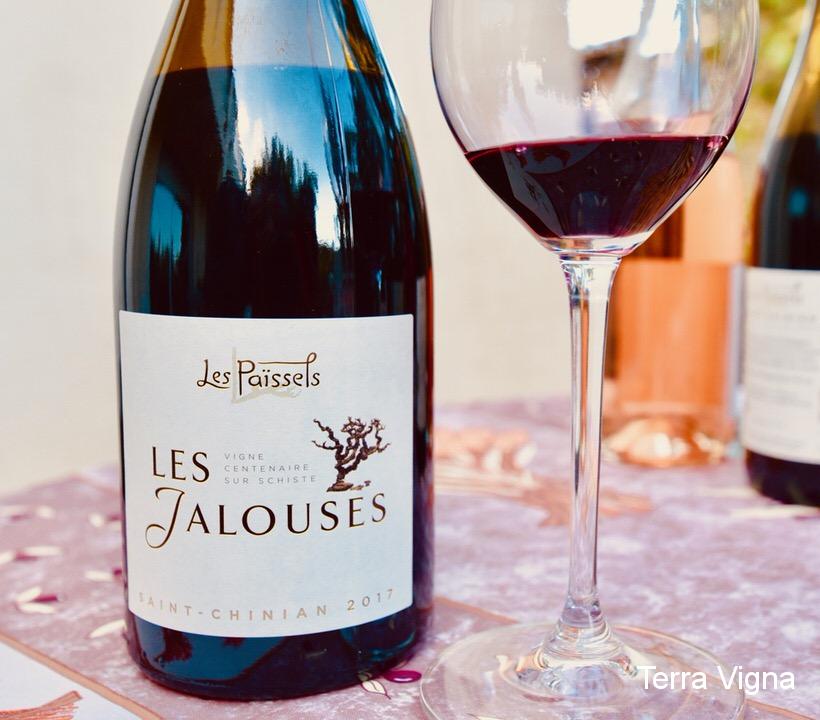
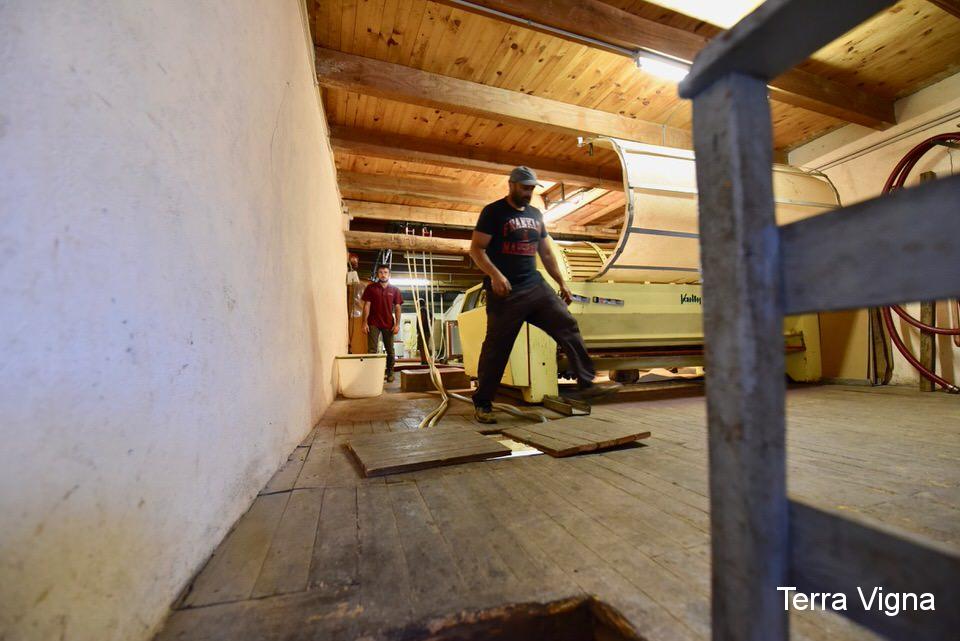
Facebook Comments